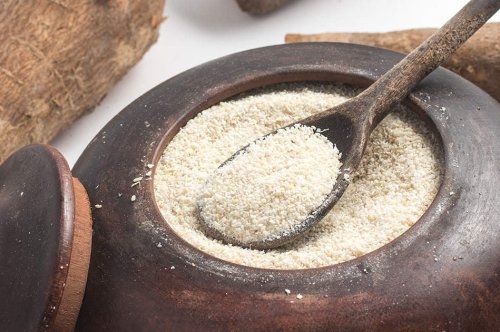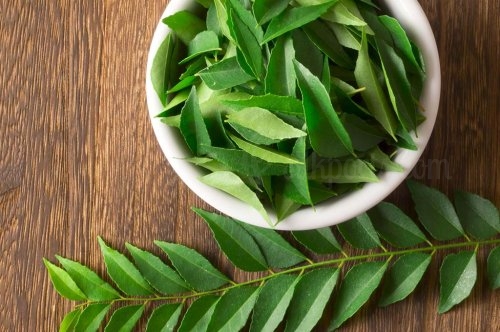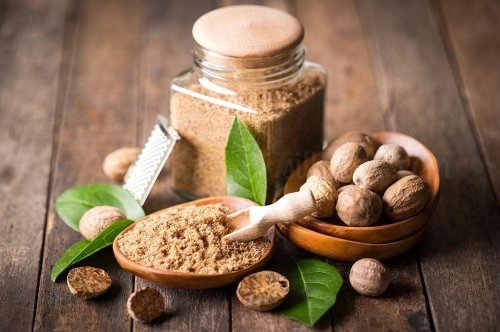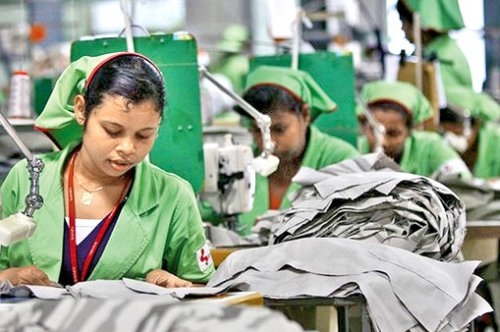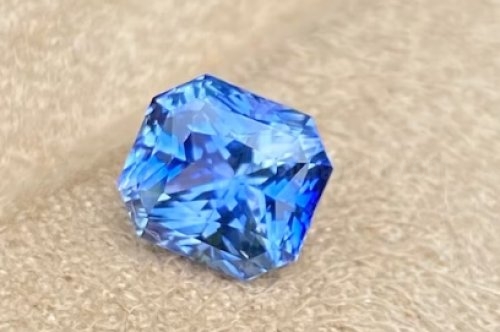
What is Black Paper?
Black pepper is a flowering vine in the family Piperaceae, cultivated for its fruit, known as a peppercorn, which is usually dried and used as a spice and seasoning. The fruit is a drupe (stone fruit) which is about 5 mm in diameter, dark red, and contains a stone which encloses a single pepper seed. Peppercorns and the ground pepper derived from them may be described simply as pepper, or more precisely as black pepper (cooked and dried unripe fruit), green pepper or white pepper (ripe fruit seeds). There are many varieties of Black peppers,
- Black pepper
- White pepper
- Green pepper
- Red peppercorns
- Pink pepper and other plants
Black pepper is native to the Malabar Coast of India, and the Malabar pepper is extensively cultivated there and in other tropical regions. Piper nigrum is native to South India, loves the hot tropics and has been in cultivation for over 2,000 years. In temperate climates, Black Pepper makes an excellent house plant. Vietnam, Indonesia, Malaysia, India, and Brazil are the main pepper producers in the world. In addition black pepper growing in srilanka & one of the most use spices in Srilanka.
Ground, dried, and cooked peppercorns have been used since antiquity, both for flavour and as a traditional medicine. Black pepper is the world's most traded spice, and is one of the most common spices added to cuisines around the world. Its spiciness is due to the chemical compound piperine, which is a different kind of spicy from the capsaicin characteristic of chili peppers. It is ubiquitous in the Western world as a seasoning.
Every black pepper variant has a unique taste, texture and aroma that fit perfectly with different dishes. There are over 600 varieties of the pepper spice but only a few are generally used as spices or in other applications.
How to growing Black Paper
01. Propagation
You can grow it from seeds, but make sure they are fresh as they are viable for a very short period. To propagate it from seeds fill the container with a quality potting mix that contains a good amount of organic matter. Use your finger to poke holes, each 1/2 inch deep and about 1 to 1.5 inches apart. Drop a seed in each hole, then cover it with soil. Water the seeds often and keep the soil moist.
02. Planting
Mix compost and coarse sand to the soil before planting. Make a hole in the soil and plant the seedlings or plants at the same depth as above. Pack the soil firmly around the base of the plant to hold it in the right position and water thoroughly.
If planting in pots, use a pot that is large enough as black pepper plants have an extensive root system.
Black Pepper plants do best in fertile and medium clayey soil that retain slight moisture. Good drainage is always the essential need while growing black pepper in pot or ground. Waterlogged soil can damage the plant. Soil pH level could be anywhere between 5.5 and 7, add lime if the soil is too acidic and sulfur if alkaline.
Be sure to give the pepper plant plenty of water to keep the soil slightly moist always, not allowing the soil to dry out between watering spells.
Climate
Black pepper is a plant of humid tropics requiring high rainfall and humidity. The hot and humid climate of sub mountainous tracts of Western Ghats is ideal for its cultivation. It grows successfully between 20° North and South latitude, and from sea level up to 1500 m above sea level. The crop tolerates temperatures between 10° and 40°C. The ideal temperature is 23 -32°C with an average of 28°C.
Black Paper Harvesting
Waite until the fruit reddens, immature peppercorn fruits grow in green clusters on the vine, gradually turning red as they ripen. Once the peppercorns have turned red, you can pluck them from the vine. (If you harvest the green peppercorns before they’re ripe, you’ll produce green pepper.)
Dry the peppercorns. Separate the red peppercorns on a tray and let them dry in the sun (or in a food dehydrator) for at least three days. You’ll know they’re ready when they turn black and hard. (To produce white pepper, remove the red hulls from the peppercorns before drying them.) You can store whole peppercorns in an airtight container.
Grind them. When you’re ready to add black pepper to a dish, grind the dried peppercorns in a pepper grinder or using a mortar and pestle. You can also grind the black peppercorns early and store the ground black pepper for later use.
Uses of Black Pepper
Use black pepper as an ingredient in recipes to add flavor and spice to meats, fish, vegetables, salad dressings, soups, stir-fries, pasta, and more. You can also add a dash of black pepper to scrambled eggs, avocado toast, fruit, and dipping sauces for a spicy kick.
In addition, People take black pepper by mouth for arthritis, asthma, upset stomach, bronchitis, a bacterial infection that causes diarrhea (cholera), colic, depression, diarrhea, gas, headache, sex drive, menstrual pain, stuffy nose, sinus infection, dizziness.
In addition you can use black pepper for,
- Make Black pepper tea.
- Mashed Potatoes with Black Pepper
- Make Black pepper Biscuit
Benefits of Black Pepper
One of the most consumed spices in the world; Black Pepper has lots of health benefits,
- It increases nutrient absorption.
- Lower cholesterol levels.
- Improves heart rate.
- Improves blood pressure.
- Promotes healthy cell growth and digestion,
- Acts as an anti-inflammatory.
- Enhances the immune system.
- May offer pain relief.
- Relieves cold and cough.
- To prevent cancer.
 English
English
 Russian
Russian  Arabic
Arabic  French
French  Español
Español  Turkish
Turkish  German
German 


